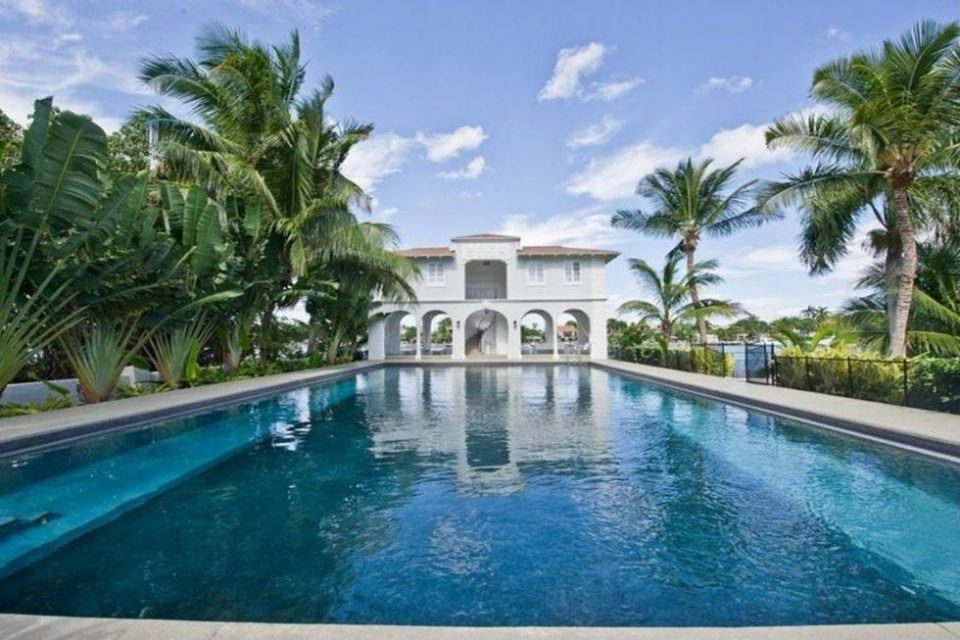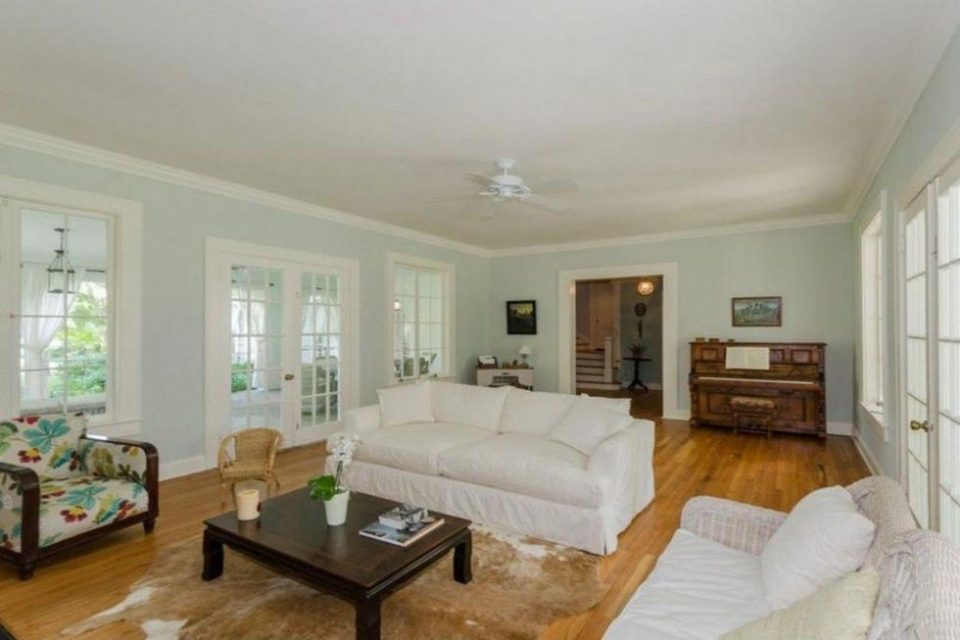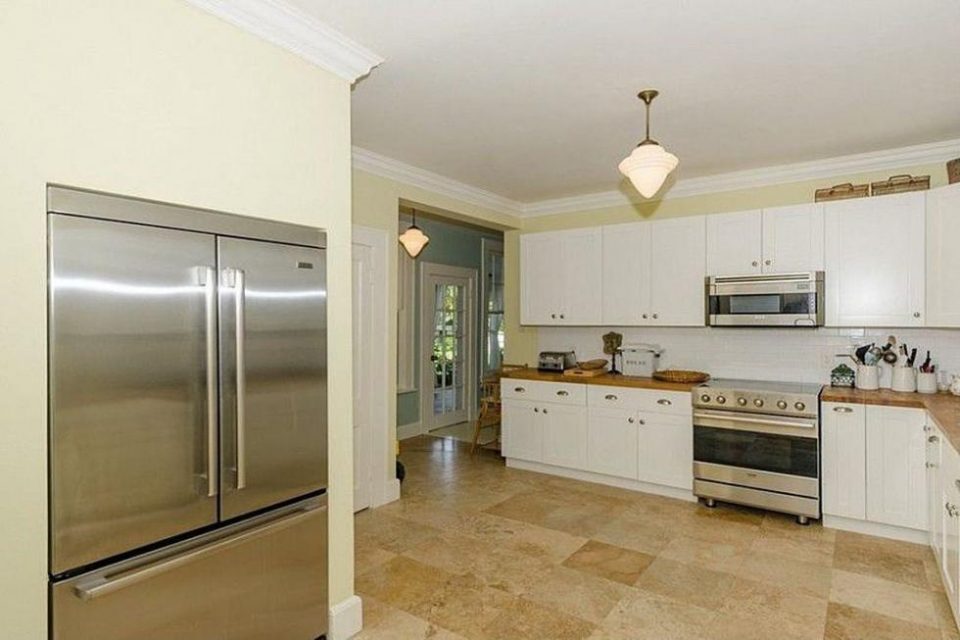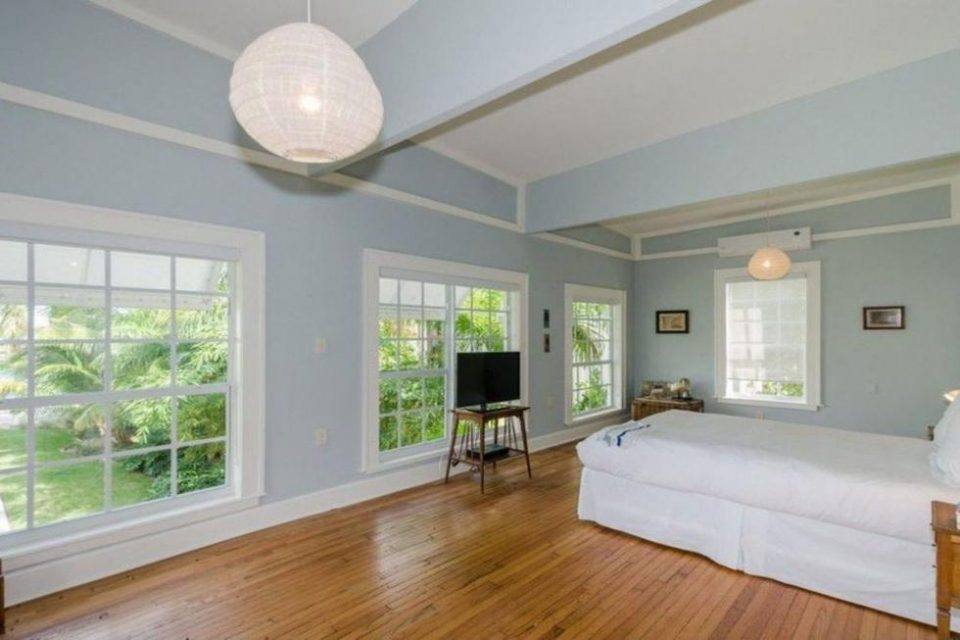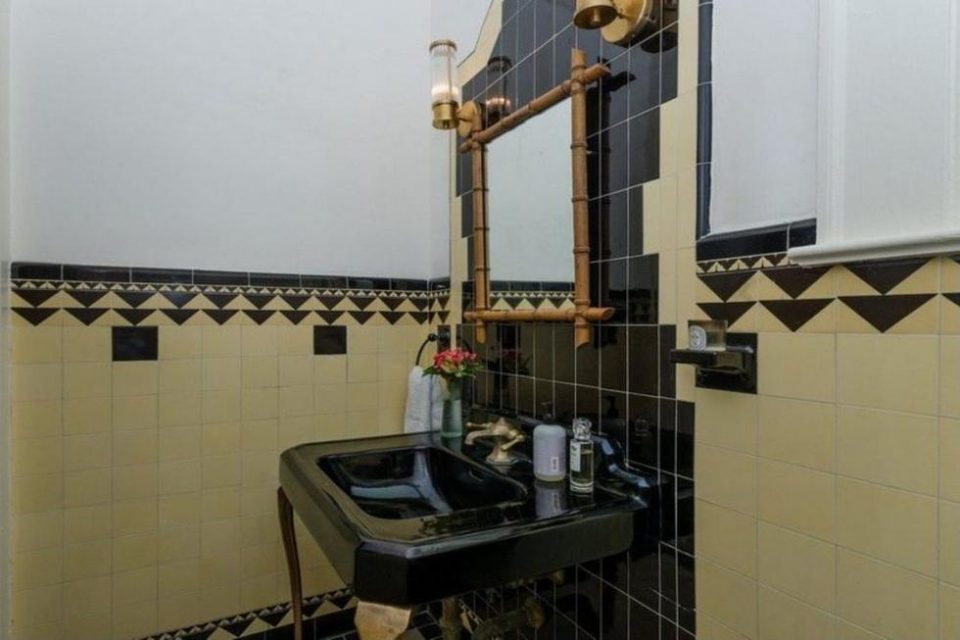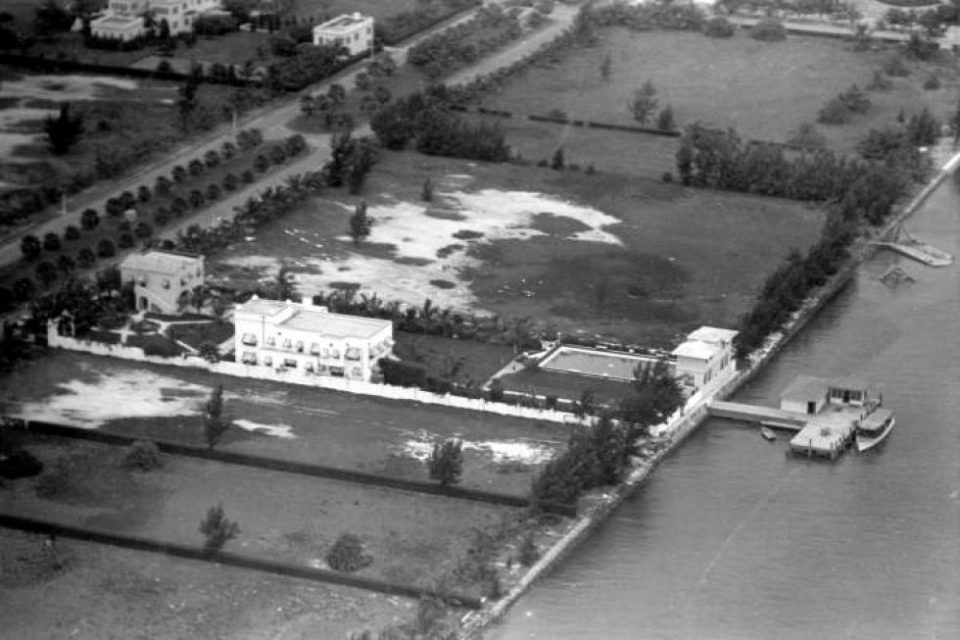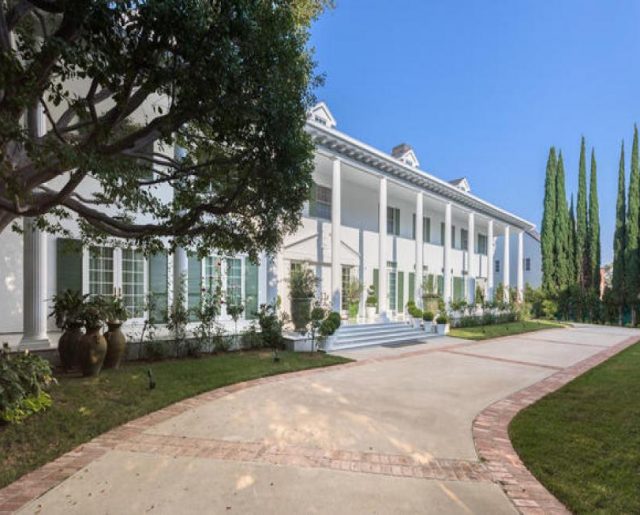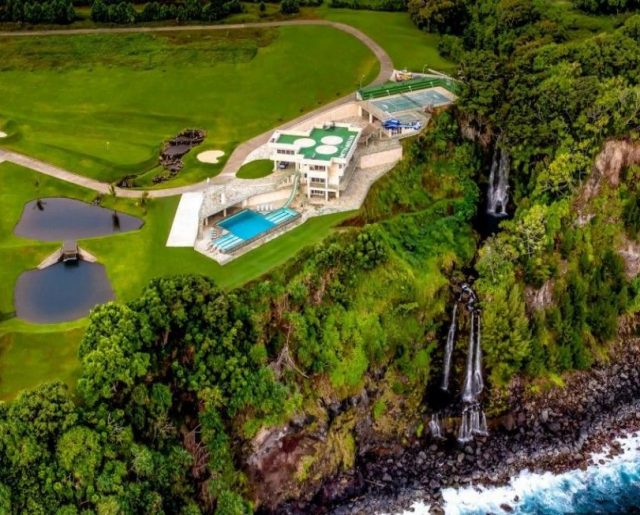Al Capone’s Miami Villa Death Home!
Al Capone's Miami Villa Death Home!
Must SeeTop 10 Florida Condos For SaleAn historic Miami Beach compound that Al Capone bought in 1928, the home he used as an alibi for the Saint Valentine's Day Massacre, and the place where he died in 1947 may, or may not, have recently sold for $9 million.
In 1928, Miami Beach was reeling from the the collapse of the Florida land boom and the Great Miami Hurricane that had destroyed much of the resort city. Never one to miss an opportunity, Chicago crime-boss Al Capone bought one of Miami Beach's best estates on Biscayne Bay at the bargain price of $40,000 (about $550,000 in 2016 dollars). Capone spent another $70,000 in fortifying the property against intruders adding a guest/guard house at the entry gate and using rooms above the pool house at the bay’s edge to house his guards who were on 24/7 lookout. Safe and secure from his Chicago crime rivals, it was the home where Capone was vacationing when his gang pulled off the 1929 Saint Valentine's Day Massacre, lived full time after his release from prison in 1939 and where he died in 1947 surrounded by family and a few friends.
According to the granddaughter of Clarence M. Busch, who was a real estate developer of Miami Beach’s Palm Island, Busch sold the Spanish-style, waterfront home across the street from his own in 1928. Unbeknownst to Busch, the deal was being brokered through a middleman for the notorious Capone. It wasn’t long before the actual buyer was revealed, sending a shock wave of horror throughout Miami and Miami Beach. City fathers were afraid that having the kingpin of organized crime in residence would muddy South Florida’s Chamber of Commerce image of clean family fun. However, Capone saw it another way. He believed the Prohibition rum running from the Bahama’s, gambling and the element of crime drawn by these activities would keep officials too busy to pay much attention to him.
Many of Miami's community leaders came after Capone, especially the Miami News and the Miami Women's Club, to rid the city of the crime boss. Clarence Busch wrote a letter to Florida Governor Doyle Carlton complaining about the noise, gunshots, unapproved additional construction added to the property and the fact that Capone’s presence had disrupted land sales on the island and was damaging Miami Beach’s reputation. Although many crimes were likely orchestrated from Capone’s residence, he was seen as a hero and philanthropist by much of the American public, funding one of Chicago's largest soup kitchens during the Great Depression and free milk for Chicago school children. Lawmakers were never able to pin gangland events directly to Capone and he continued to live in his Palm Island residence in relative peace until the feds convicted and imprisoned him in 1931 for tax evasion. Capone returned to the residence in 1939 when his prison sentence was reduced due to his deteriorating physical and mental condition. He died peacefully at his Palm Island estate on January 25, 1947 surrounded by family and a few friends.
Since Capone's death, the storied estate has changed hands many times. Although several U.S. and U.K media sources recently reported that the home had sold to Mino Raiola, the Dutch super-agent who represents many of Manchester United's soccer stars, the company that maintains the property has denied any sale of the property.
Whether newly sold or not, the Capone mansion is an iconic piece of modern American history, old world glamour and an ideal location. With each change in ownership, there have been improvements to the property with the most current owner completing a full restoration. At 36,000 square feet, it includes the seven-bedroom, seven-bath main home that is gated and walled, the two-story gatehouse and two-story pool house overlooking 100 feet of frontage on Biscayne Bay and a view of Hibiscus Island. Original features include an Art Deco black and gold tiled bathroom and a living room fireplace.
Capone's mansion is now renamed as 93 Palm Island and available for rent for photo and video productions. According to its website, the home is "one of the oldest and most notorious estates in Miami" with "7-foot walls" and "secured 24 hours a day...surrounded by the Biscayne Bay on all sides."
Source: www.93palm.com

